Karst and Silurian are two distinct geological terms that relate to different aspects of Wisconsin’s landscape and history.
This article is part 1 of a 2 part series explaining Karst and Silurian Bedrock
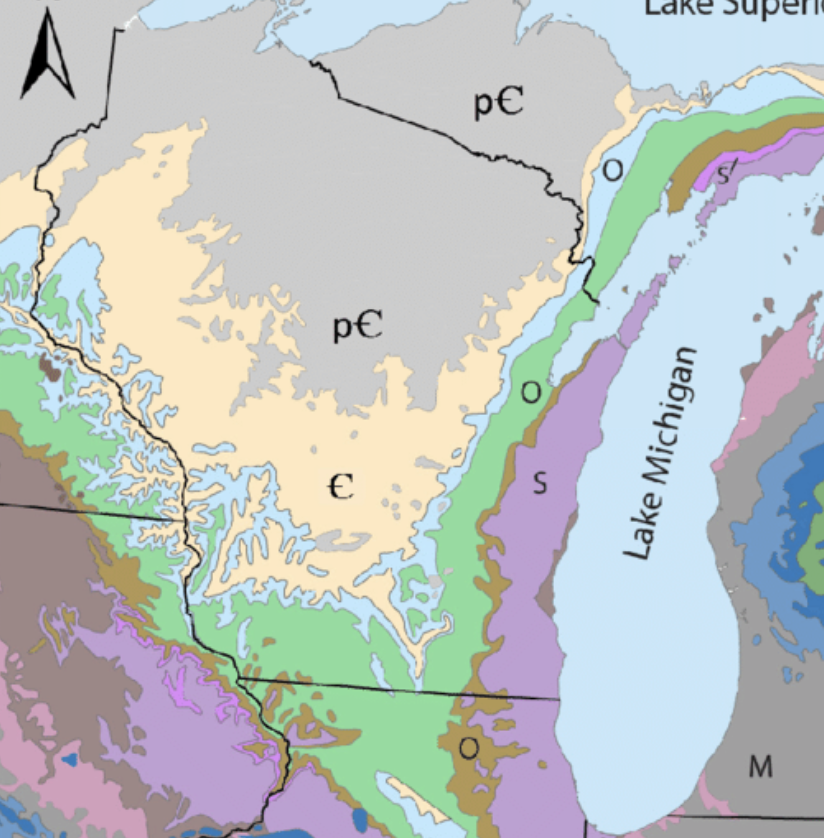
Similarities
Both karst and Silurian are terms related to geological features and formations that have had a significant impact on Wisconsin’s surface and subsurface geology and hydrology. Both Karst and Silurian bedrock are connected to sedimentary processes.
Silurian refers to a geological period during which sedimentary rocks were deposited. Karst features often form in limestone and other soluble rocks through the dissolution of minerals by water.
Differences
Karst refers to a unique landscape characterized by distinctive landforms and features resulting from the dissolution of soluble rocks like limestone, gypsum, and dolomite. A karst landscape is formed by sedimentary rocks dissolving and eroding as water passes through them. Over time, the rocks will collapse and form cracks, sinkholes, voids, swallets (underground rivers), and disappearing streams (usually seen during snowmelt). Water can move quickly through these cracks and channels, causing a higher susceptibility to water quality issues due to low filtering capacity.
Silurian refers to a geologic period that occurred roughly 443 to 419 million years ago. It is known for the deposition of sedimentary rocks, including limestone and dolomite, as well as the presence of various marine fossils. Silurian bedrock is present in the eastern part of Wisconsin, the purple section of Figure 1.
Time vs Landform
Karst is an ongoing process that can be observed in various landscapes around the world today. It occurs due to the dissolution of soluble rocks over time. Silurian is a distinct time period in the geological past and is not an ongoing process. It refers to a specific era in Earth’s history.
In summary, while both karst and Silurian are related to geological features and processes, they have different focuses and contexts. Karst pertains to the unique landforms, such as sinkholes and rock outcropping, while Silurian refers to a specific geologic period that caused shallow bedrock.
The presence of karst features in Wisconsin
In Wisconsin, 44 of the state’s 72 counties are home to carbonate bedrock under their feet. Check on the map of Wisconsin for where you live and if it is shaded orange or gold, you live in an area with carbonate bedrock that might have these karst features.
The vulnerability of Karst Aquifers: Rapid water movement and well contamination risks
Karst aquifers, which are underground water reservoirs, are a typical source of drinking water. Wells in these aquifers are more susceptible to contamination due to the rapid movement of water through interconnected cracks, conduits, and fractures. The amount and type of cracks and openings in karst can be extremely large in many cases, allowing water to quickly move in any direction. In one situation, it was found that drinking water could be fine at 9am, contaminated at noon, but clear again just one hour later.
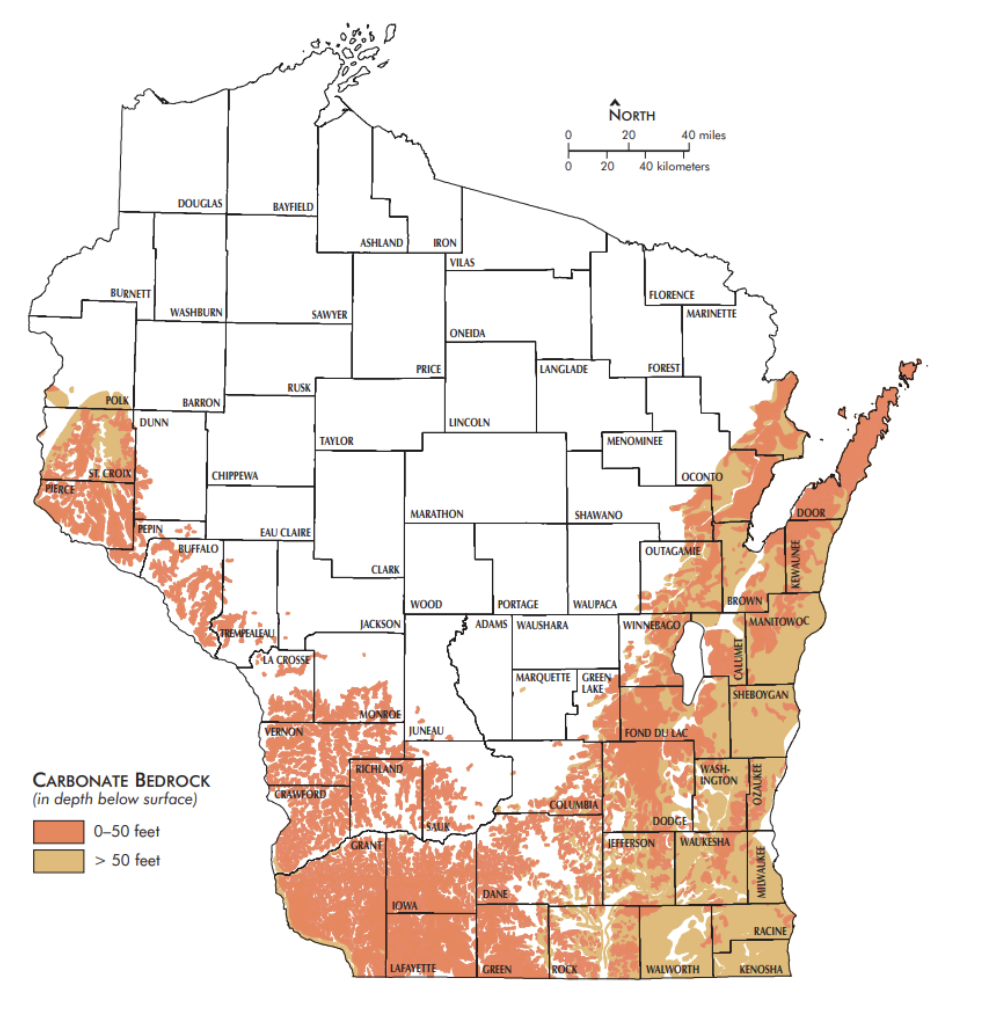
Normal groundwater movement after rainfall is usually less than 1 foot per day. Within karst features, water can move 100 ft or more per day. In northeastern Wisconsin’s Door County, one sinkhole contamination event showed water moved 1 mile in 1 hour! Such rapid water movement means it is important for those living in karst regions that use well water to be aware of the following:
– Water is the universal solvent, meaning lots of things dissolve in it. In karst areas, you have a higher need to test your well-water more often, especially if you recently detected a change in color or smell.
o Nitrate is the most widespread groundwater contaminant in Wisconsin. Work with your County Health Department on tests for your well water. More info from WI DNR https://dnr.wisconsin.gov/topic/DrinkingWater/publications.html
– Work with professionals to maintain and upgrade your well-casing and septic systems.
– Be extremely mindful of what you are putting down your drains and toilets that go into your septic tank, and what nutrients and chemicals you apply to your lawns and agriculture fields.
– Follow special spill containment and clean up processes in karst regions. Report fuel, manure, pesticide, and other hazardous and solid waste spills to the WI DNR spill hotline at 1-800-943-003. Calling will activate professional cleanup crews to respond.
Sinkholes: The most common karst features in Wisconsin are small sinkholes often no more than 18 inches to 2 feet wide. Karst landscapes are prone to sinkholes and land settling due to the continual dissolving of underlying rock. During hot, dry summer months of July and August, these sinkholes become evident because the vegetation on the surface of the sinkhole will remain green, while the surrounding vegetation will turn dormant brown. This is due to the deeper soil in the sinkhole holding more moisture than the surrounding thin layer of topsoil. Keep an eye for new sinkhole formations that can be created by soil disturbance over time. Report changes on your property to local Soil and Water Conservation Department staff. Consult with professionals who have expertise in karst geology when building structures or installing utilities.
Photos taken by Kevin Erb
Wisconsin is among several states that have Karst features. See map of USA https://www.researchgate.net/figure/Distribution-of-karst-in-the-lower-48-states-of-the-United-States_fig1_241835057 (USA map source)
Summary
Karst and Silurian landscapes are ecologically valuable and often support unique flora and fauna. Take steps to minimize your environmental impact, such as properly disposing of waste and respecting protected karst features like caves and sinkholes. Consider participating in local conservation efforts to help preserve these delicate ecosystems. Many regions with significant karst features are implementing conservation measures to protect these unique landscapes. Such conservation initiatives help maintain the ecological balance and protect water quality.
View Part 2 of this article series: Best Management Practices to Use on Karst and Silurian Soil
Resources
UW Wisconsin Geology Karst Soils Website https://home.wgnhs.wisc.edu/wisconsin-geology/karst-sinkholes/
Karst in Wisconsin Fact sheet https://wgnhs.wisc.edu/catalog/publication/000905/resource/fs02

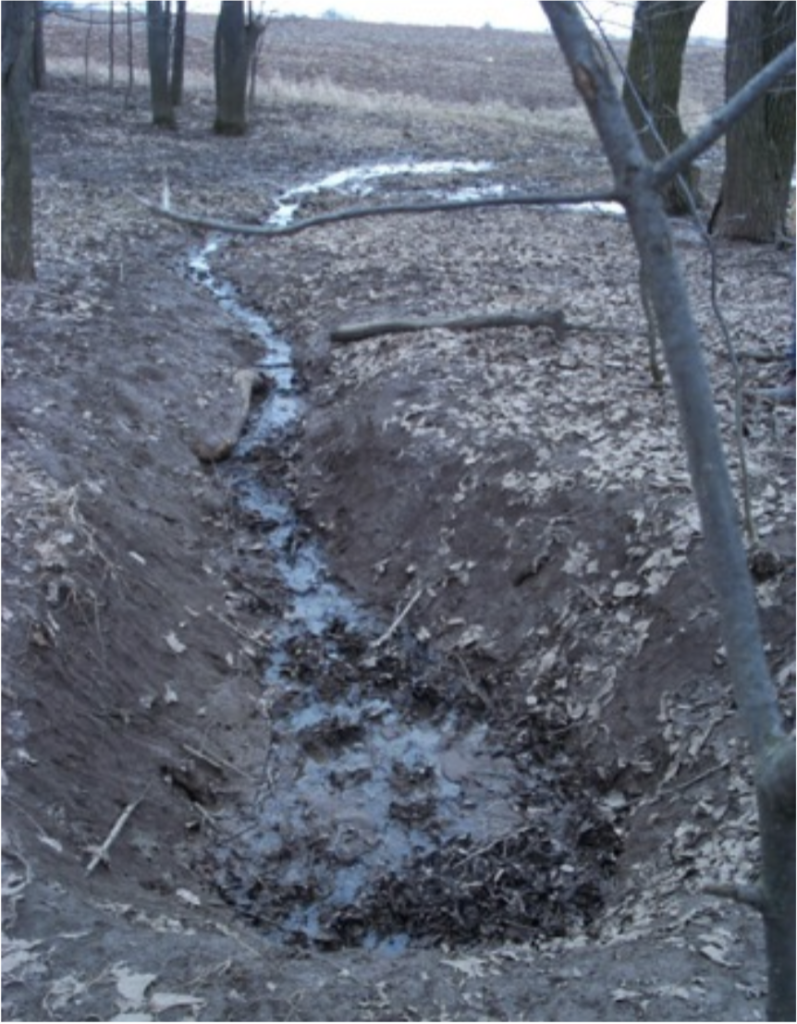
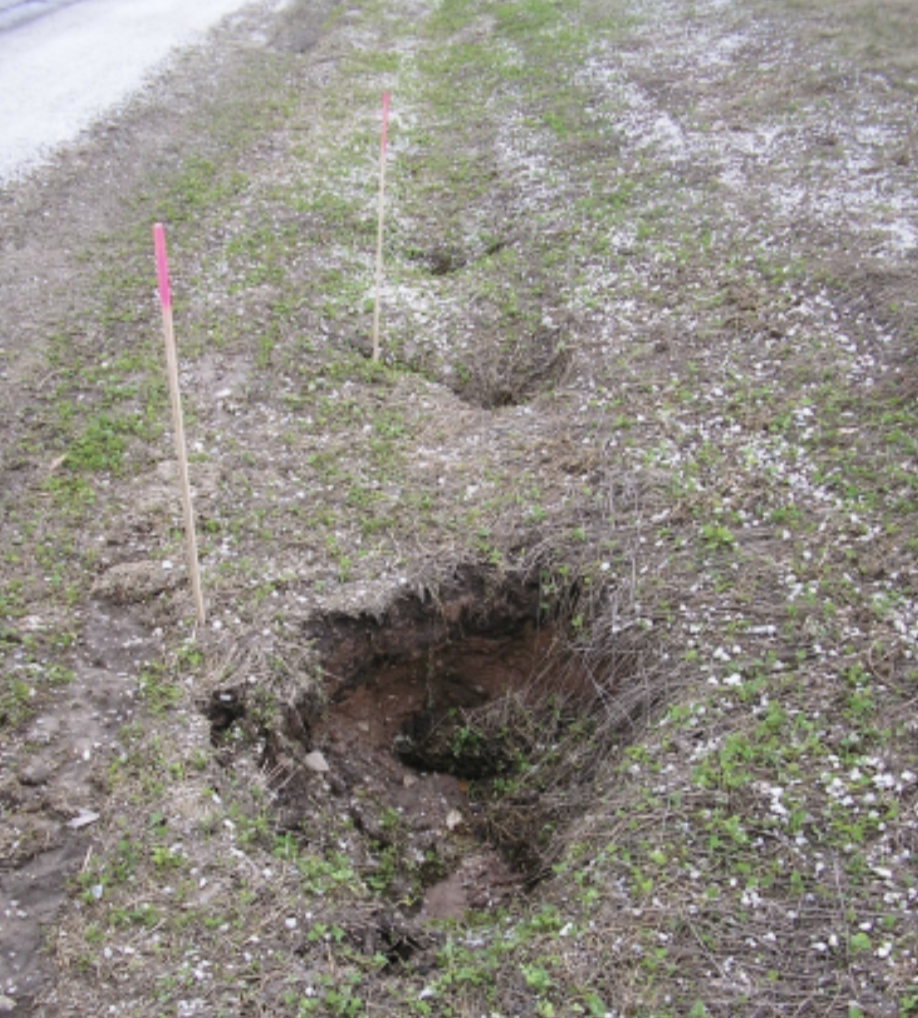
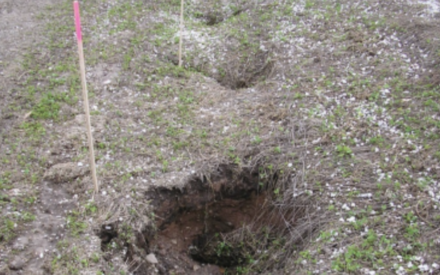 Best Management Practices to Use on Karst and Silurian Soil
Best Management Practices to Use on Karst and Silurian Soil ▶ Unlocking the Potential of Biological Nitrogen Fixation in Corn
▶ Unlocking the Potential of Biological Nitrogen Fixation in Corn ▶ Nitrogen Leaching: Trends, Risks and Regional Insights
▶ Nitrogen Leaching: Trends, Risks and Regional Insights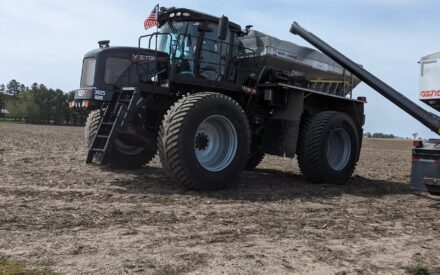 ▶ What You Can and Can’t Learn from a Nitrogen Response Curve
▶ What You Can and Can’t Learn from a Nitrogen Response Curve


